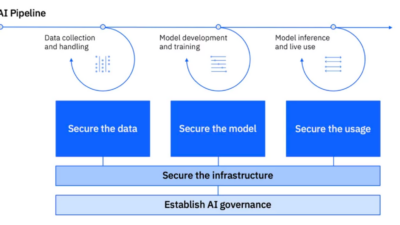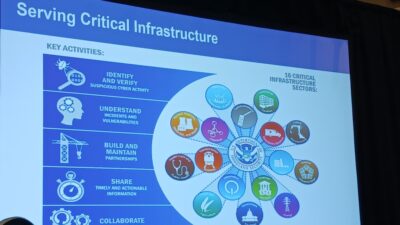Global spending on security-related hardware, software, and services should hit $91.4 billion in 2018, an increase of 10.2% over 2017. Discrete manufacturers are expected to be among the biggest spenders.
Global spending on security-related hardware, software, and services should hit $91.4 billion in 2018, an increase of 10.2% over last year.
On top of that, the growth should continue for the next several years as industries invest heavily in security solutions to meet a wide range of threats and requirements.
Worldwide spending on security solutions will achieve a compound annual growth rate (CAGR) of 10% over the 2016-2021 forecast period and $120.7 billion in 2021, according to IDC.
"Banks, discrete manufacturers, especially within the high-tech sector, and the federal government are spending the most on security to avoid large scale cyber-attacks and adhere to regulatory compliance," said Eileen Smith, program director, Customer Insights and Analysis at IDC. "Looking ahead to 2021, as the need the to protect IoT connected devices and infrastructure becomes paramount, industries like telecom and state and local government will drive growth in worldwide security spending."
Banking, discrete manufacturing, and federal/central government will deliver more than $27 billion in spending combined. Four other industries (process manufacturing, professional services, consumer, and telecommunications) will each see spending greater than $5 billion this year.
Managed security services, which are single-tenant solutions operated by third-party providers and residing on the customers’ premises, will be the largest technology category in 2018 with firms spending nearly $18 billion for these services. In addition, managed security services will be the largest category of spending for each of the top five industries this year.
The second largest technology category in 2018 will be network security hardware, followed by integration services and endpoint security software. The technology categories that will see the fastest spending growth over the forecast will be managed security services (14.7% CAGR), network security hardware (11.3% CAGR), security and vulnerability management software (10.9% CAGR), and network security software (10.7% CAGR).
The largest geographic market for security solutions will be the United States with total spending of nearly $38 billion this year. The second largest geographic market will be the United Kingdom at $6.5 billion followed by China ($6.0 billion), Japan ($5.1 billion), and Germany ($4.6 billion).
The leading industries for security spending in the U.S. will be discrete manufacturing and the federal/central government. From a company size perspective, large and very large businesses (those with more than 500 employees) will be responsible for nearly two thirds of all security-related spending in 2018. Large (500-999 employees) and medium businesses (100-499 employees) will see the strongest spending growth over the forecast, with CAGRs of 11.8% and 11%, respectively.
However, very large businesses (more than 1,000 employees) will grow nearly as fast with a five-year CAGR of 10.1%. Small businesses (10-99 employees) will also experience solid growth (9.9% CAGR) with spending expected to reach $8.3 billion in 2018.
Gregory Hale is the editor and founder of Industrial Safety and Security Source (ISSSource.com), a news and information Website covering safety and security issues in the manufacturing automation sector. This content originally appeared on ISSSource.com. ISSSource is a CFE Media content partner. Edited by Chris Vavra, production editor, CFE Media, [email protected].
ONLINE extra
See related stories from ISSSource linked below.

